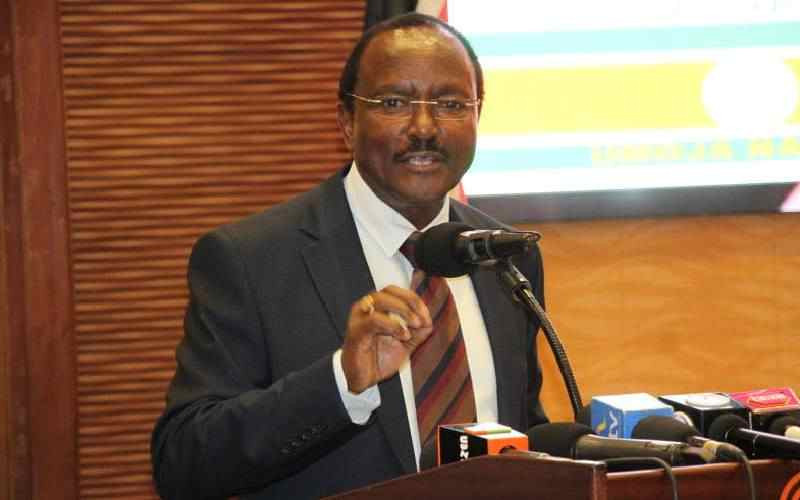Stablecoins and the $1.2 Trillion Cross-Border Payments Revolution: Why Underbanked Markets Are the Next Frontier
The global cross-border payments system is broken. For underbanked populations in regions like Africa, Latin America, and Southeast Asia, transferring money across borders remains slow, costly, and exclusionary. Traditional systems—reliant on SWIFT, correspondent banking, and intermediaries—charge fees of 1.5% to 6% on transactions, with delays stretching up to five days. But a quiet revolution is underway: stablecoins like USDC and USD Coin are dismantling these inefficiencies, unlocking a by 2025 through faster, cheaper, and inclusive cross-border payments.
The catalyst? A perfect storm of , , and . Institutional adoption is accelerating, as banks, fintechs, and even central banks recognize stablecoins' potential to transform global finance. Here's why investors should pay attention—and where to allocate capital before the regulatory pendulum swings.
Traditional cross-border payments are a relic of the 20th century. Consider the $60 remittance from a migrant worker in the U.S. to a family in Nigeria:
- : $6 in fees (10% of the amount).
- : 3–5 days for settlement.
- : Requires bank accounts, which 1.7 billion adults lack globally.
In contrast, stablecoins like USDC can move the same $60 in seconds, with fees , and no bank account needed. This discrepancy is driving adoption: stablecoin transaction volumes hit by early 2025, accounting for . In Africa, where forex shortages plague 70% of countries, stablecoins now handle nearly , per Bitso Business.

The $1.2 trillion figure stems from two core drivers: and .
While stablecoins face scrutiny, :
- : MiCA's full implementation establishes a framework for stablecoin issuance and custody.
- : The STABLE Act and GENIUS Act codify compliance standards, while the Biden administration's “Strategic Bitcoin Reserve” signals crypto-friendly policy.
- : Singapore, Japan, and Hong Kong have finalized CBDC-stablecoin interoperability pilots, reducing friction for cross-border flows.
Crucially, often lag in regulation, creating a “regulatory sandbox” for experimentation. In Nigeria, for example, the Central Bank permits stablecoin use for remittances, bypassing forex restrictions.
The $1.2 trillion opportunity hinges on blockchain infrastructure. Before central banks fully regulate, investors should target firms enabling stablecoin adoption:
The window to capitalize on stablecoin infrastructure is narrowing. Once central banks fully regulate (e.g., mandating reserve transparency or capital controls), barriers to entry will rise. Investors should:
The $1.2 trillion opportunity isn't just theoretical. By 2028, stablecoin circulation could hit $2.8 trillion, driven by B2B payments and remittances. Underbanked markets are the battleground—act now before the institutional stampede begins.
Final Note: Stablecoins are rewriting the rules of global finance. For investors, the question isn't if, but where to plant flags in this trillion-dollar frontier. The infrastructure layer is where the real value lies—and time is running out.










